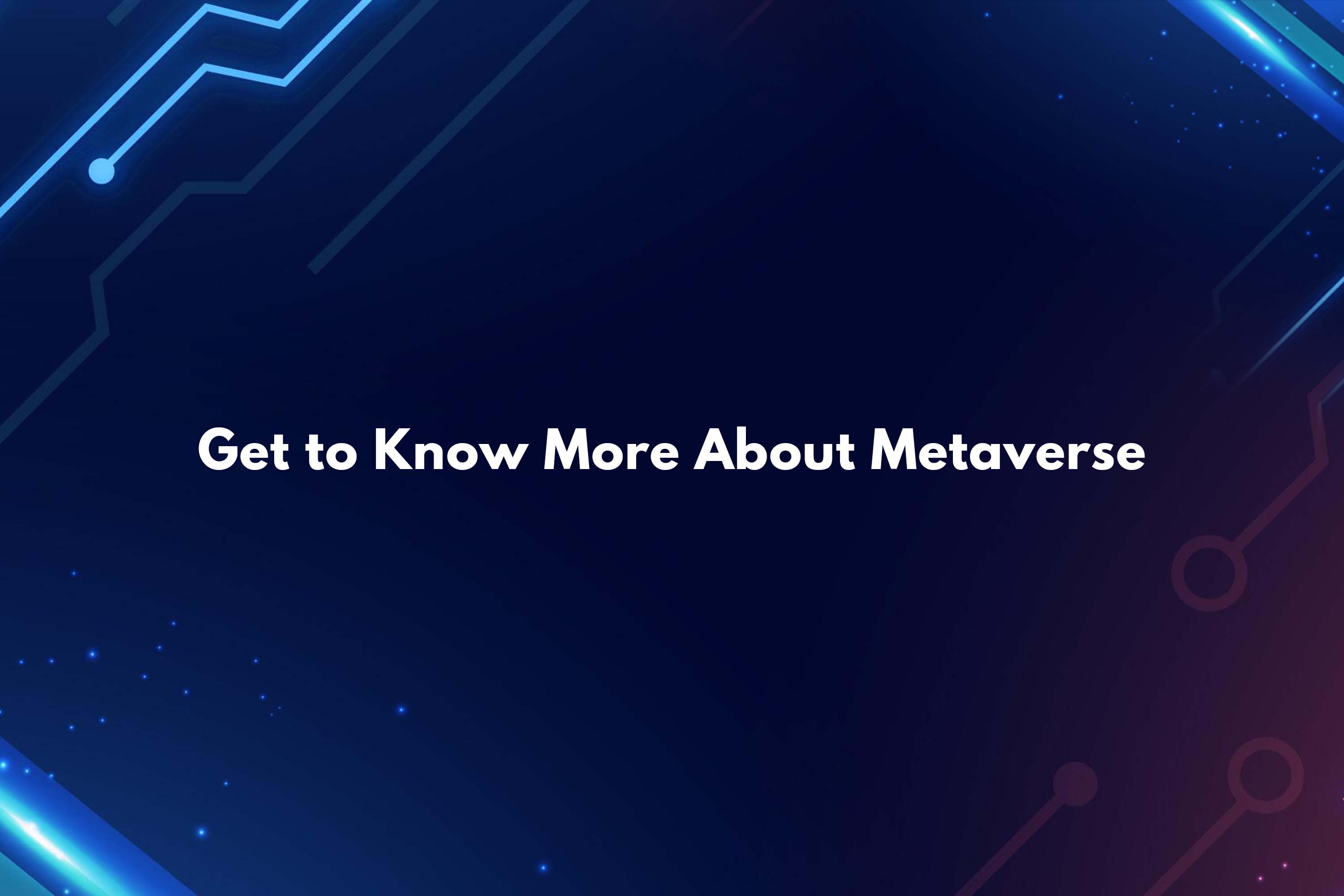The term “Metaverse” refers to a combination of virtual reality and mixed reality environments that may be accessed via a website or headset and enable real-time interactions and experiences amongst individuals who are physically apart.
As with the “walled gardens” of the early internet (darpa.net, bit.net, or aol.net), which finally came together to create the internet as we know it today, the current state of what will eventually become the Metaverse is actually a collection of disjointed metaverses. Each of the metaverse worlds that are now available has its own access, avatars, interactions, and currency. For instance, Fortnite is distinct from Roblox, which is distinct from Decentraland and other platforms.
An integrated network of 3D virtual worlds is the metaverse. Through a virtual reality headset, users enter these worlds, navigating the metaverse with their eye movements, feedback controls, or voice commands. The user is submerged by the headgear, producing a phenomenon called presence, which is achieved by simulating the genuine physical experience of being present.
The very recent capacity to completely “possess” virtual goods, services, or real estate is a contributing factor in the present rise in interest in the Metaverse. Blockchain, the “crypto money center,” enables the precise definition of a virtual good so that it may be purchased and traded. On this new economy, entire metaverse worlds have been created. For instance, the metaverse worlds of Decentraland and Sandbox both sell virtual land to companies that create virtual structures. Your avatar can explore the Sotheby’s building in Decentraland to see what is being auctioned off. Sotheby’s is a nearly 300-year-old auction house. A virtual plot of land in the metaverse-world Sandbox was just purchased for $4.3 million by Republic Realm, a corporation that develops land in the Metaverse.
Trackbacks/Pingbacks
- Augmented Reality and its Practice – Seiso Esa Indosolusi – […] Get to Know More About Metaverse […]

